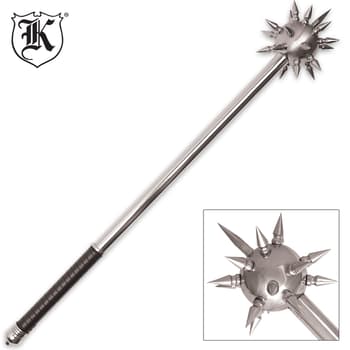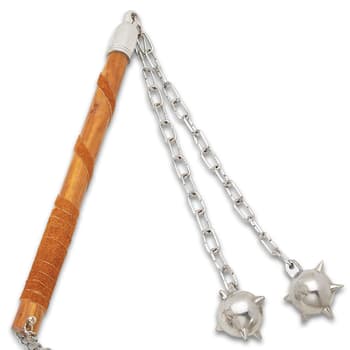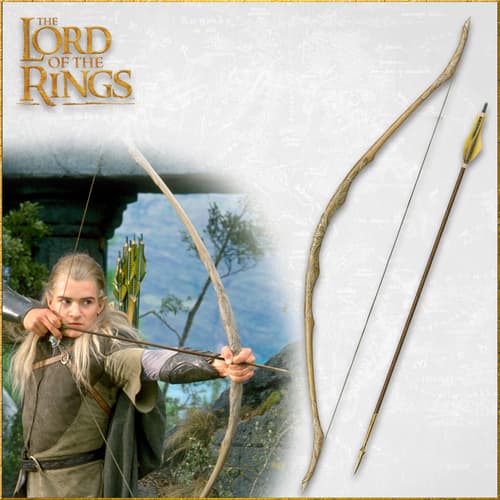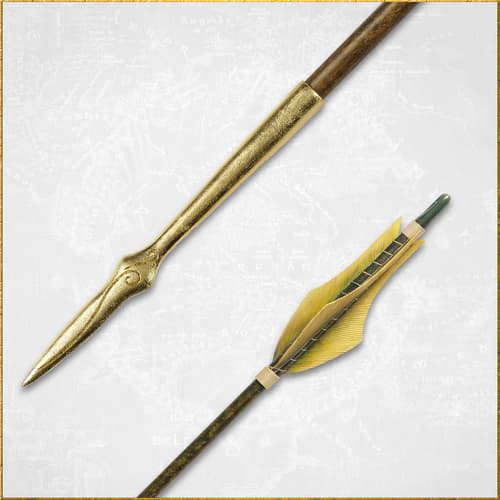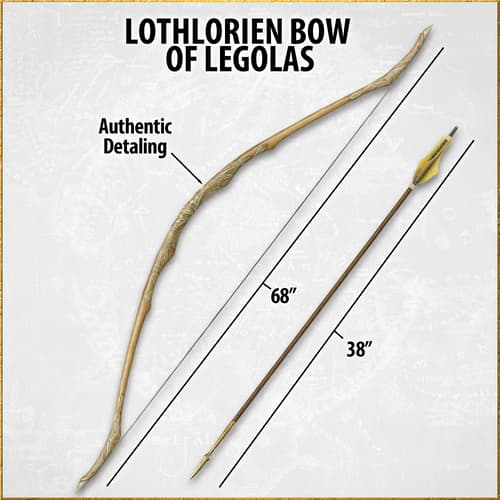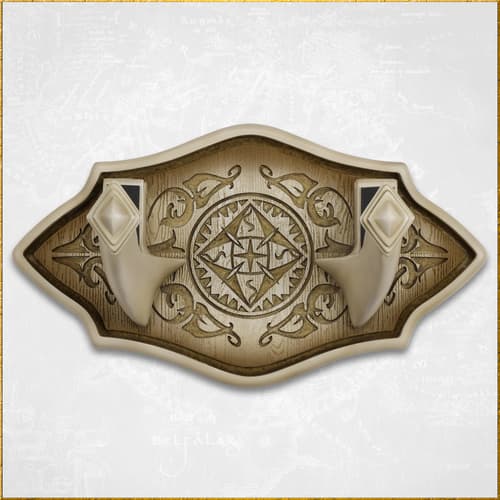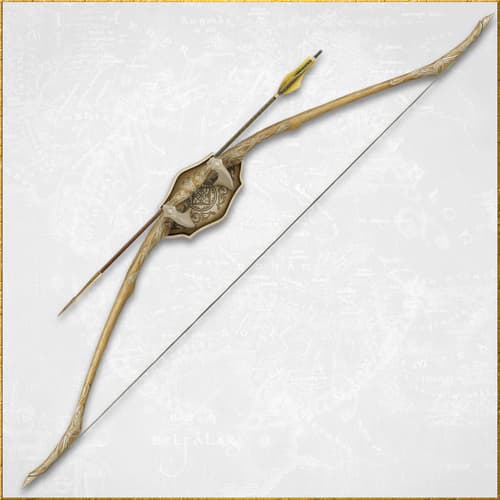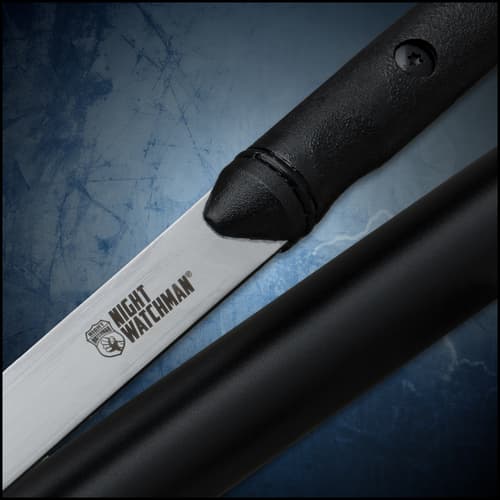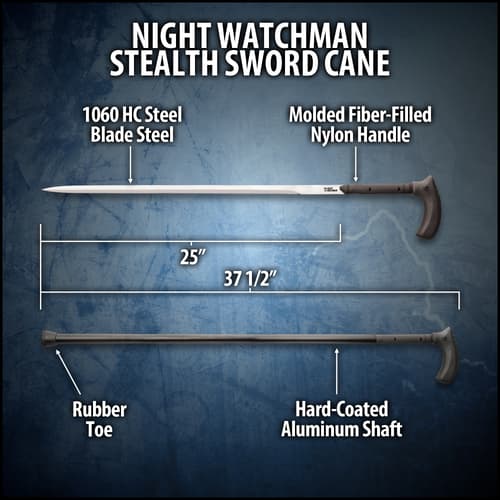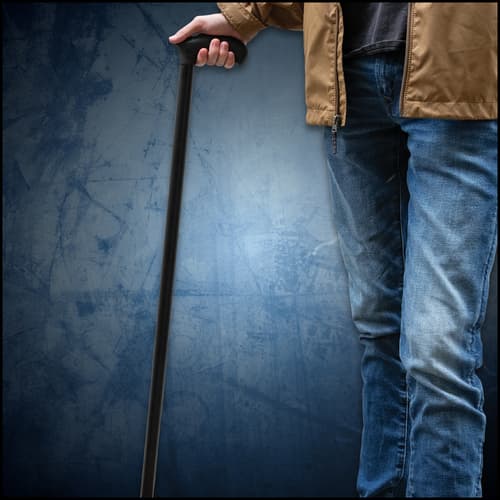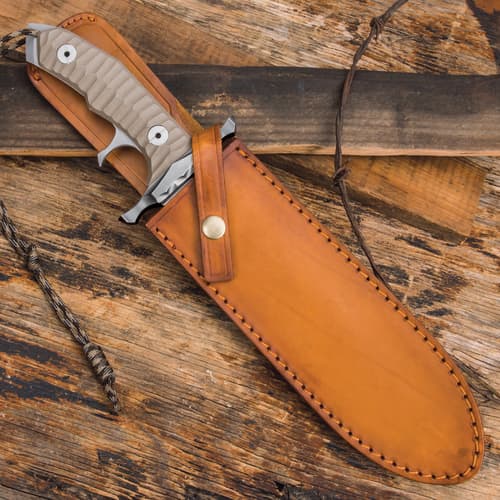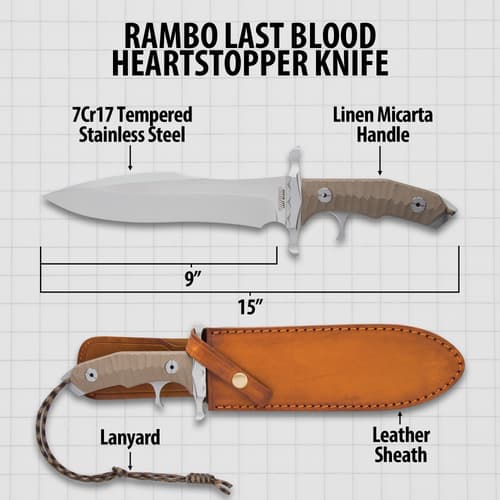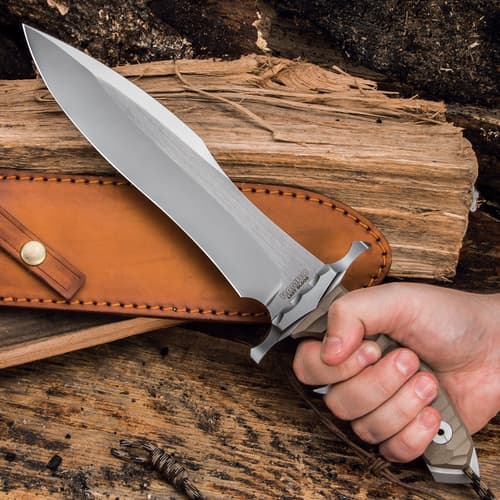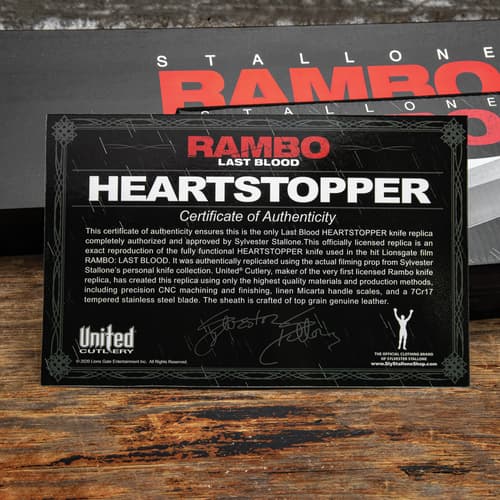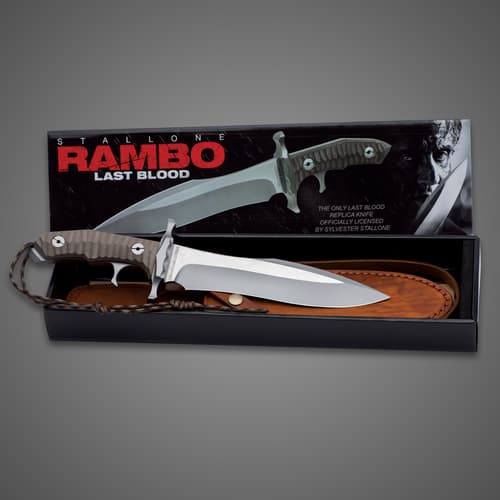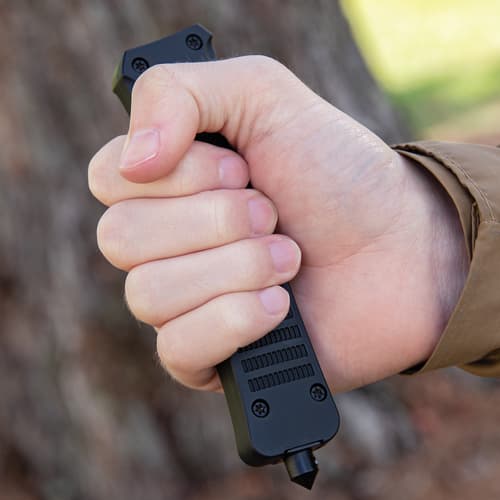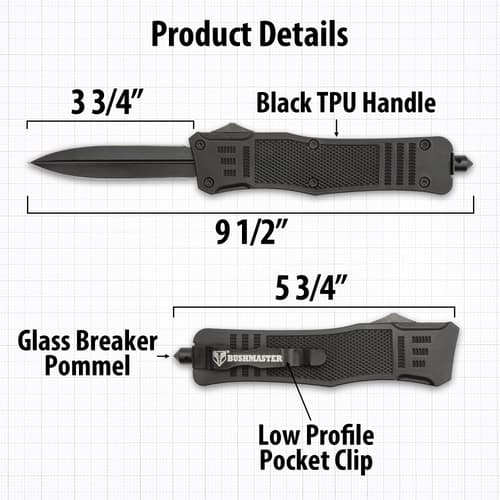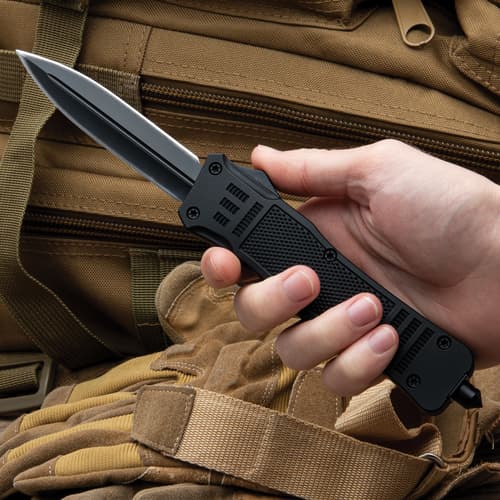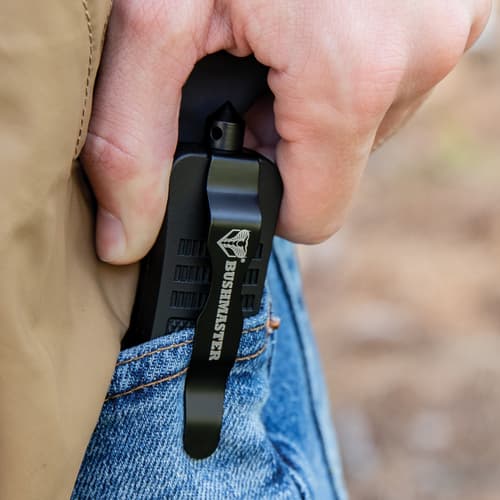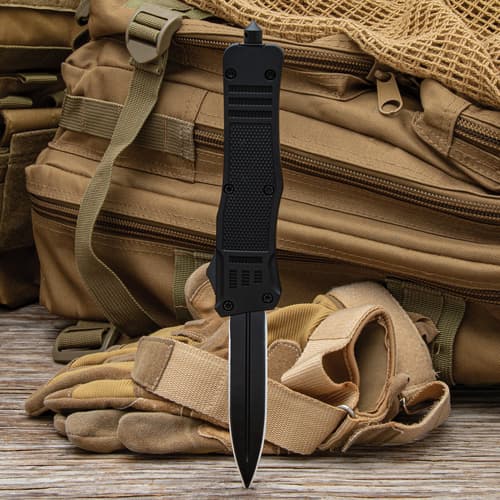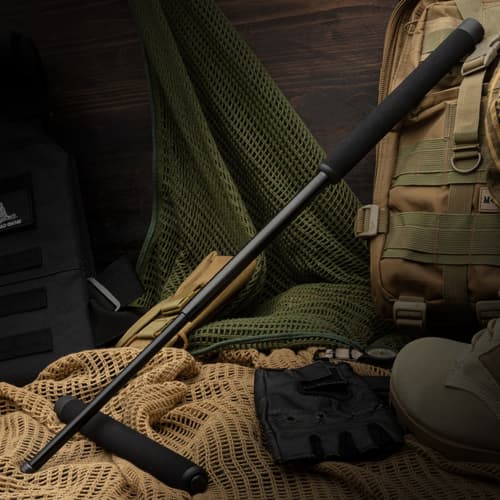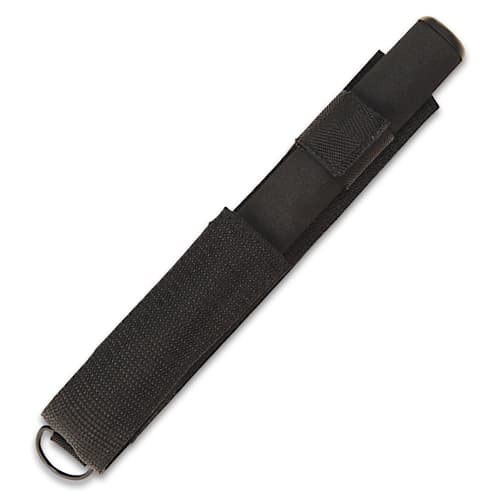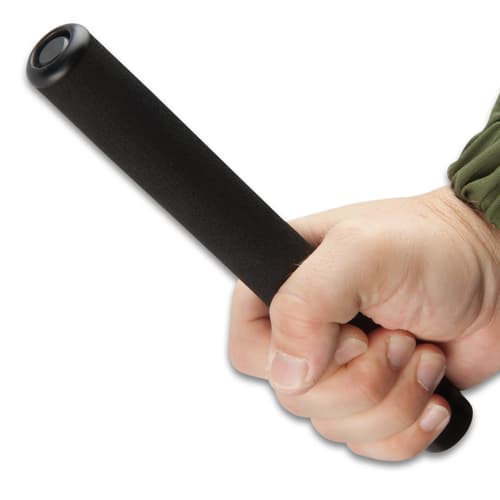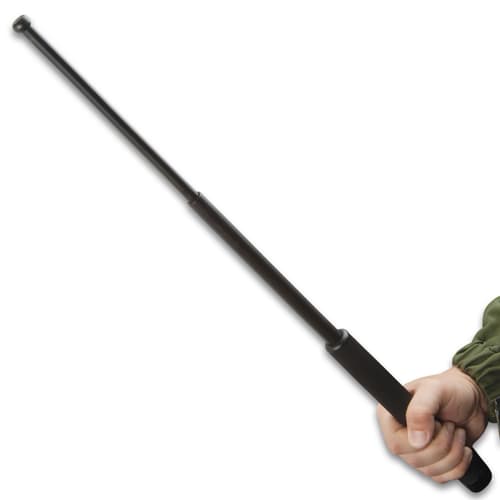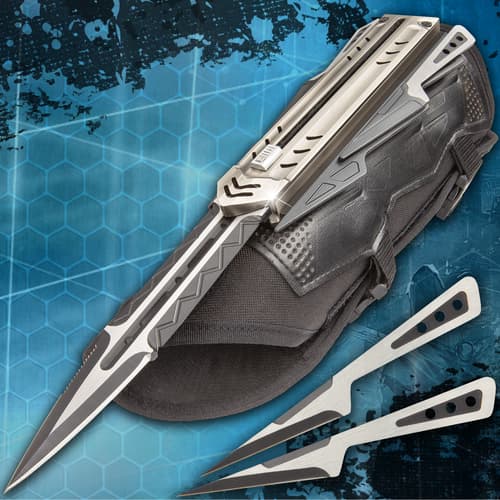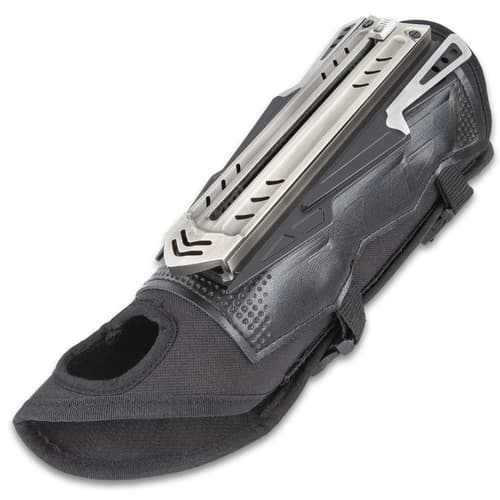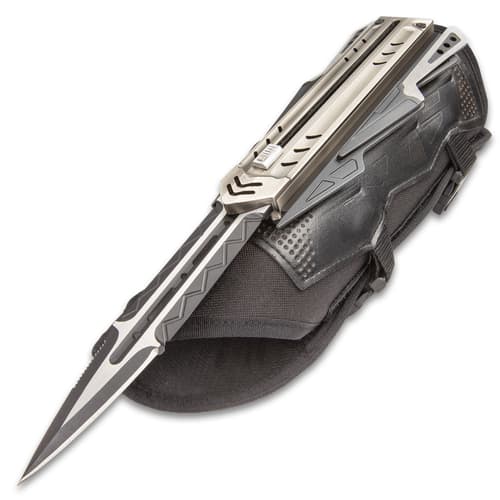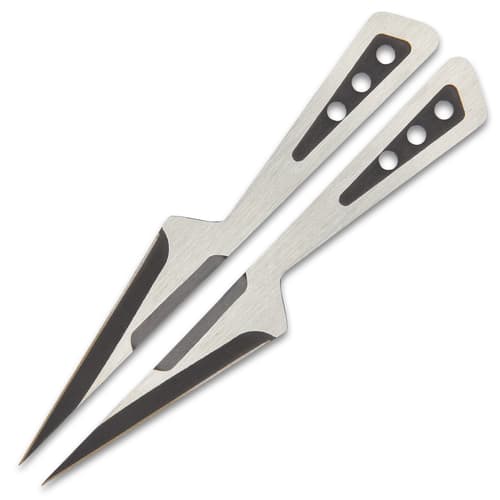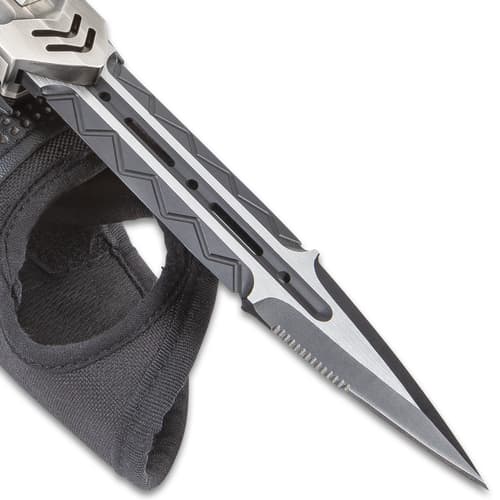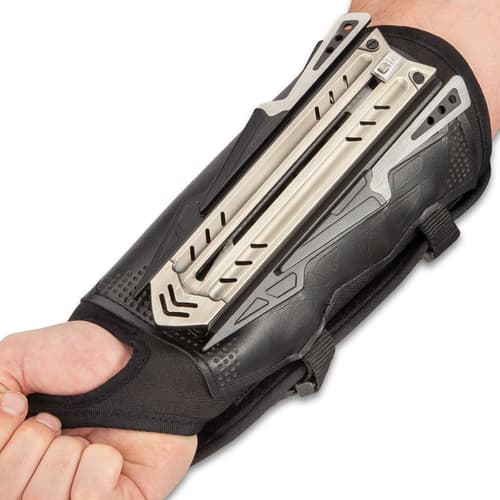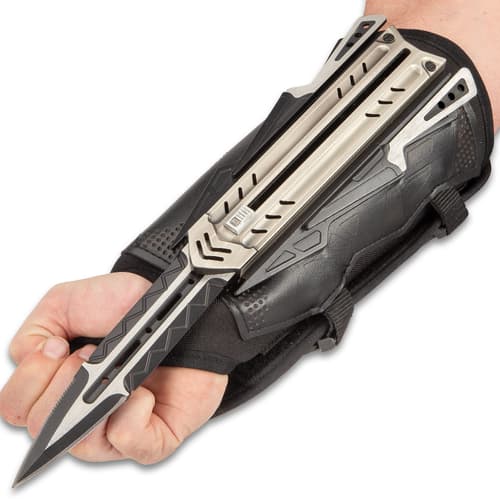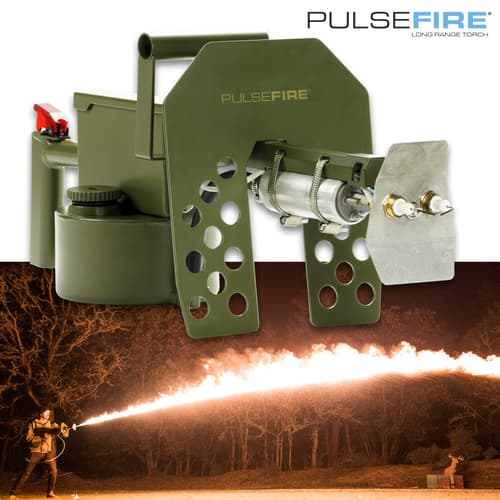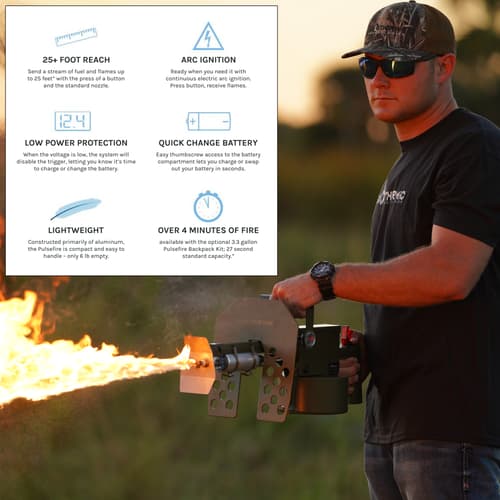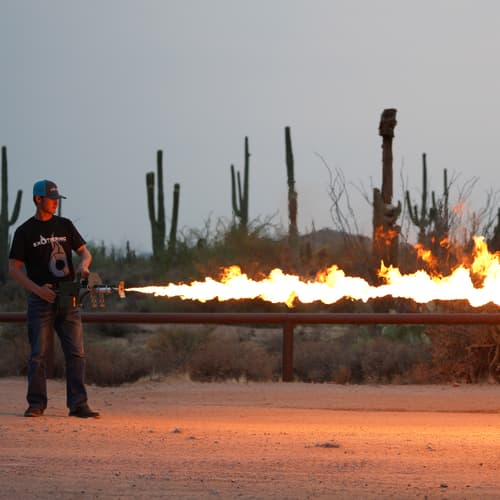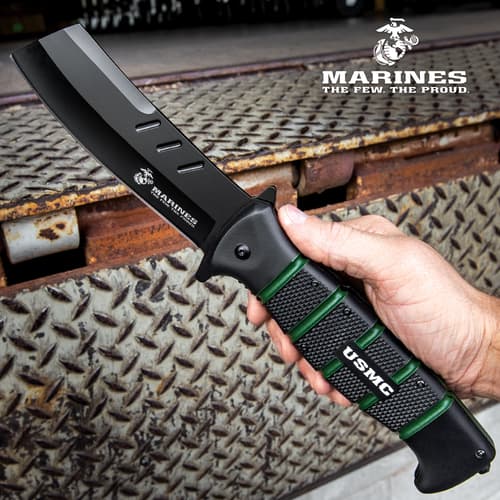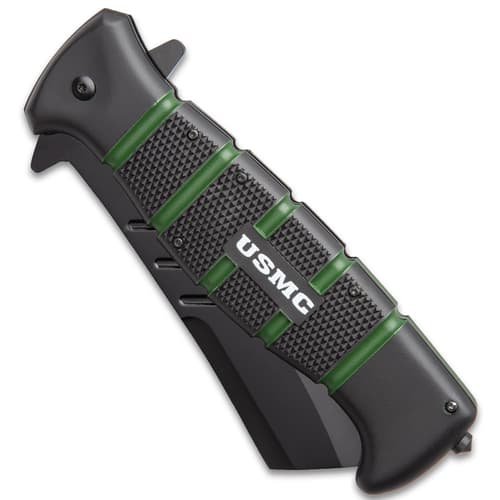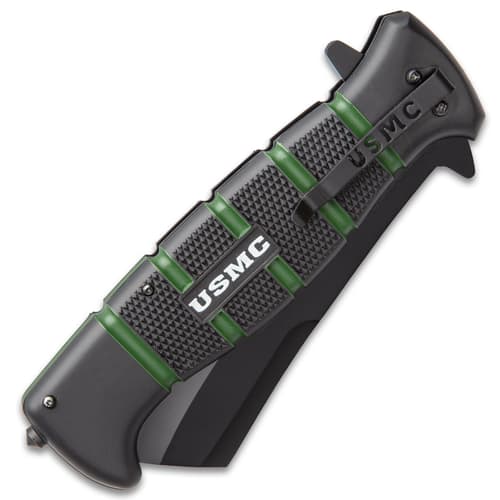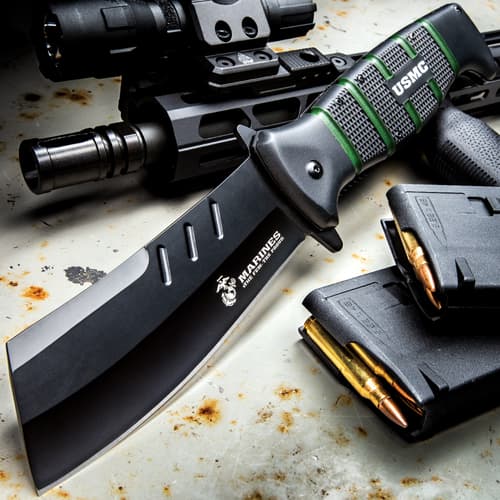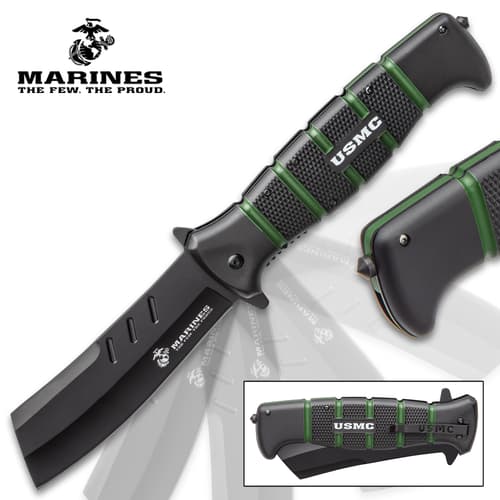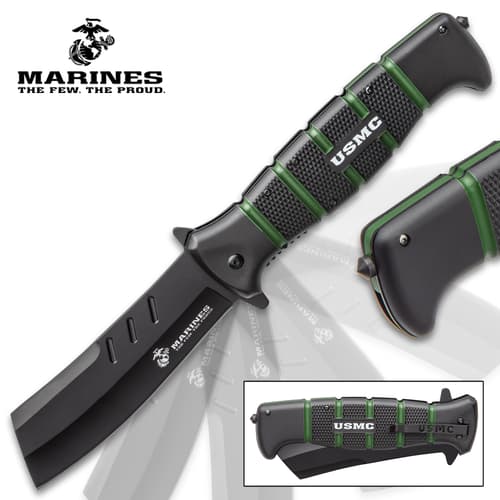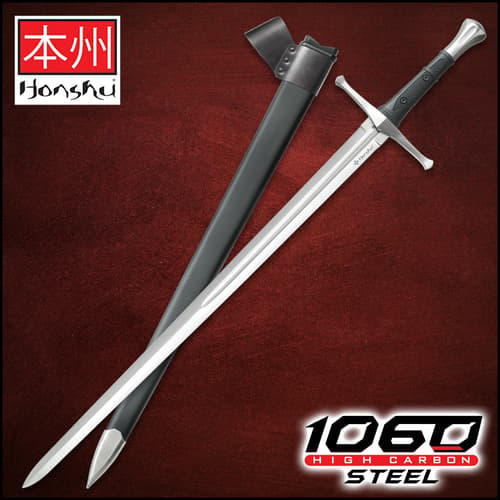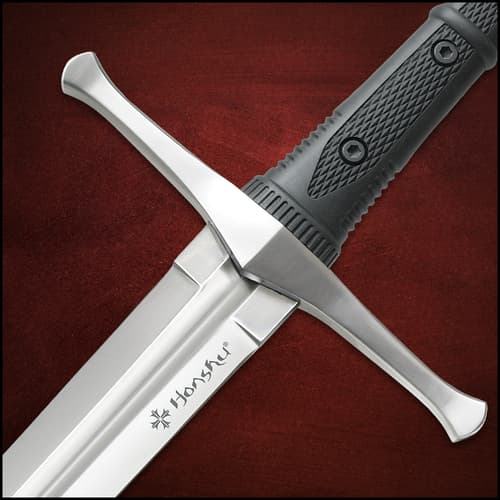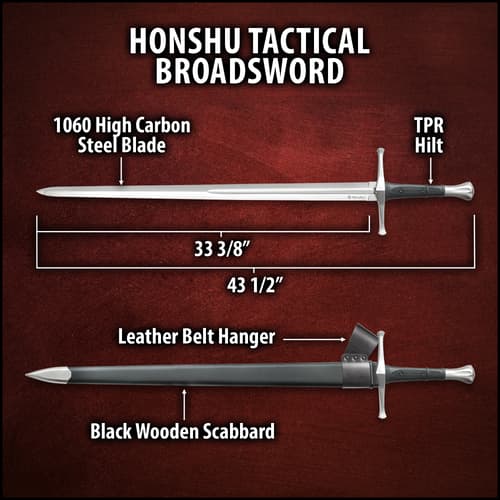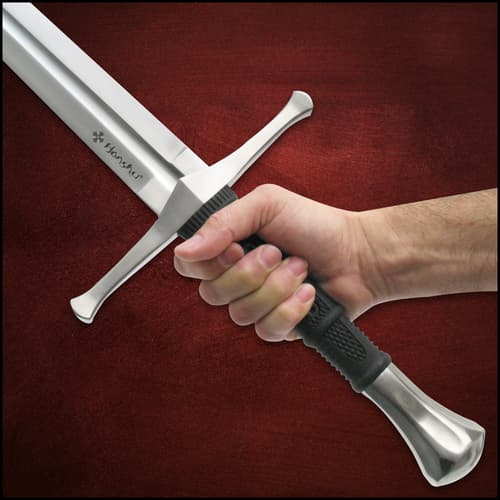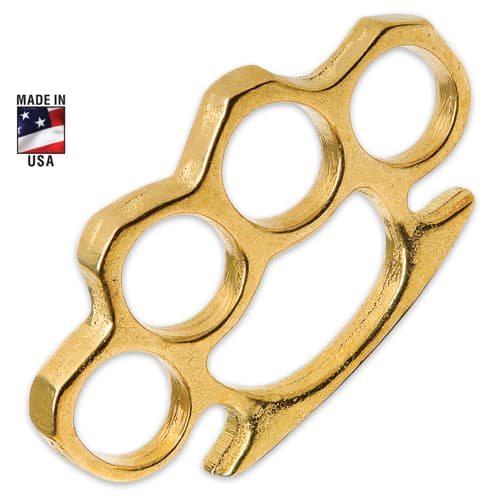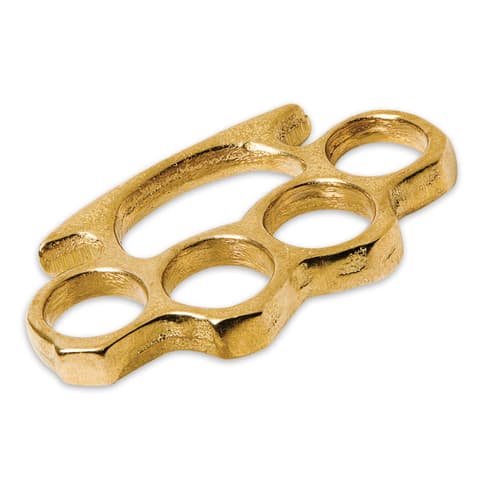Going Medieval with Spiked Maces

By Desiree Weeks
One weapon that has been around since the Old Stone Age is the mace. It’s most commonly known as a blunt weapon with a heavy head on the end of a handle. The name “mace” comes from the French “masse” which is short for “Masse d’armes”. This means “larger hammer,” a hammer with a heavy mass at the end.
The mace is what the simple club evolved from during the Upper Paleolithic and has gone through many iterations over the years. It began with the adding of sharp spikes or flint or obsidian to a club and evolved, after much trial and error, to the more standard mace we know today. What set the mace apart in history was its ability to perform against even the most heavily armored warriors. Chain mail became popular to protect against the blows of edged weapons, but solid metal maces were still able to deal a blow with enough force to cause damage without the need to penetrate armor.
It is believed by some that the clergy favored the mace to avoid bloodshed during war, which gave a loophole for religious men to continue fighting. This belief stems from the Bayeux tapestry which depicts the events leading up to the Battle of Hastings and shows Bishop Odo of Bayeux wielding a mace. The flanged mace also appeared around this time. While previous maces had been knobbed, the flanged mace has flanges on the head capable of denting or even penetrating armor. Similarly, a medieval weapon known as a morning star was a club-like weapon with a spiked ball at the end.
The mace continued throughout the years and during World War I, trench raiding clubs appeared that were a more modern take on the medieval mace. Basically, a trench raiding club is a wooden club with some form of metal at the striking end, which could be a singular metal object or several like nails sticking out on all sides. While many of today’s maces are used more for ceremony, there are still plenty of options to get your hands on the spiked maces that were brought to us thanks to years of historic innovation.
Here’s some great choices from BudK!
Middle Ages Spiked Flail Mace
The Middle Ages Spiked Flail Mace is a combination of the morning star, a medieval club-like weapon, and a flail, a weapon with a striking head attached to the handle by a flexible rope or chain. This mace stands out with its hollow aluminum staff with a mottled finished. When the mace’s head is screwed into the brass top, the 12” chain is housed within the staff. Unscrewing the 3” solid metal spiked head is what turns the weapon into a menacing flail. The chain becomes a wrist chain at the end of the staff to give a secure grip.
Medieval Middle Ages-Style Double Mace
Double the damage with the Medieval/Middle Ages-Style Double Mace. The dual heads are made of cast stainless steel with sharp spikes on all sides. They both measure 4” in length. The 17 1/4” staff has a solid walnut handle with cord wrappings for added grip.
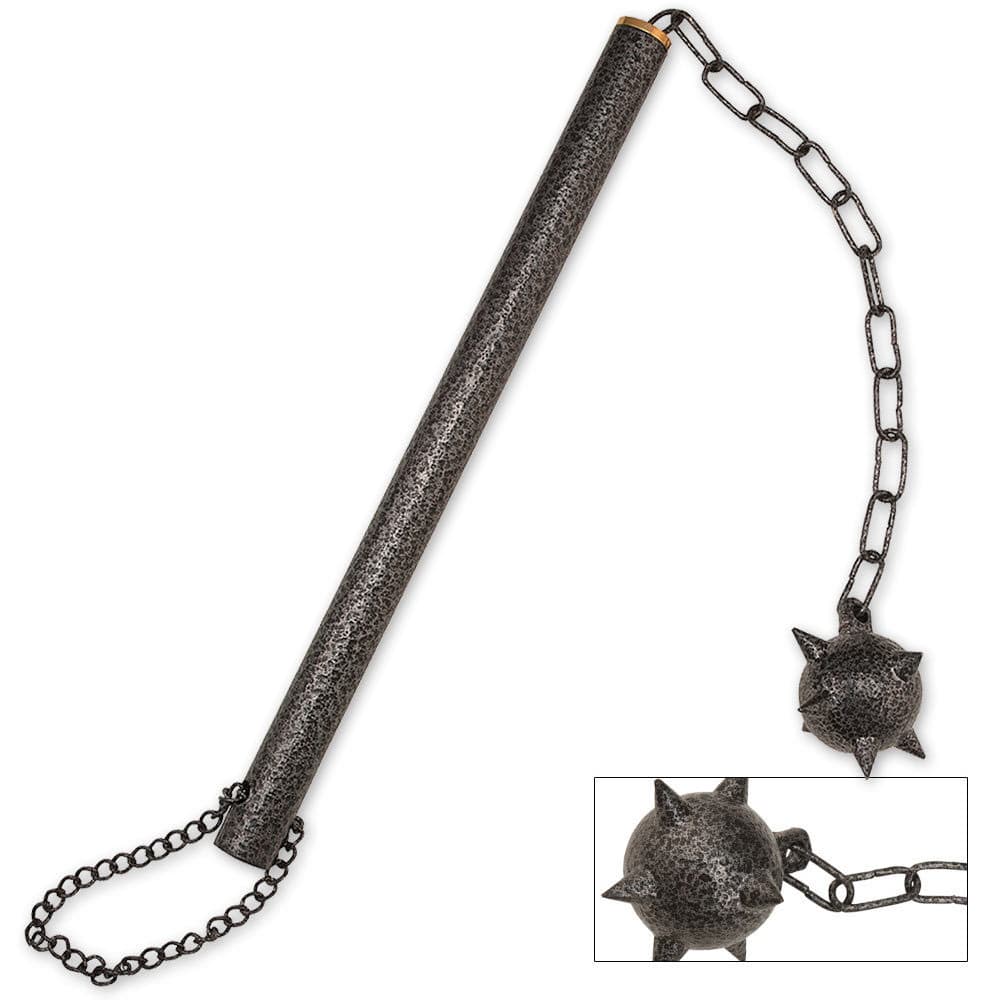 |
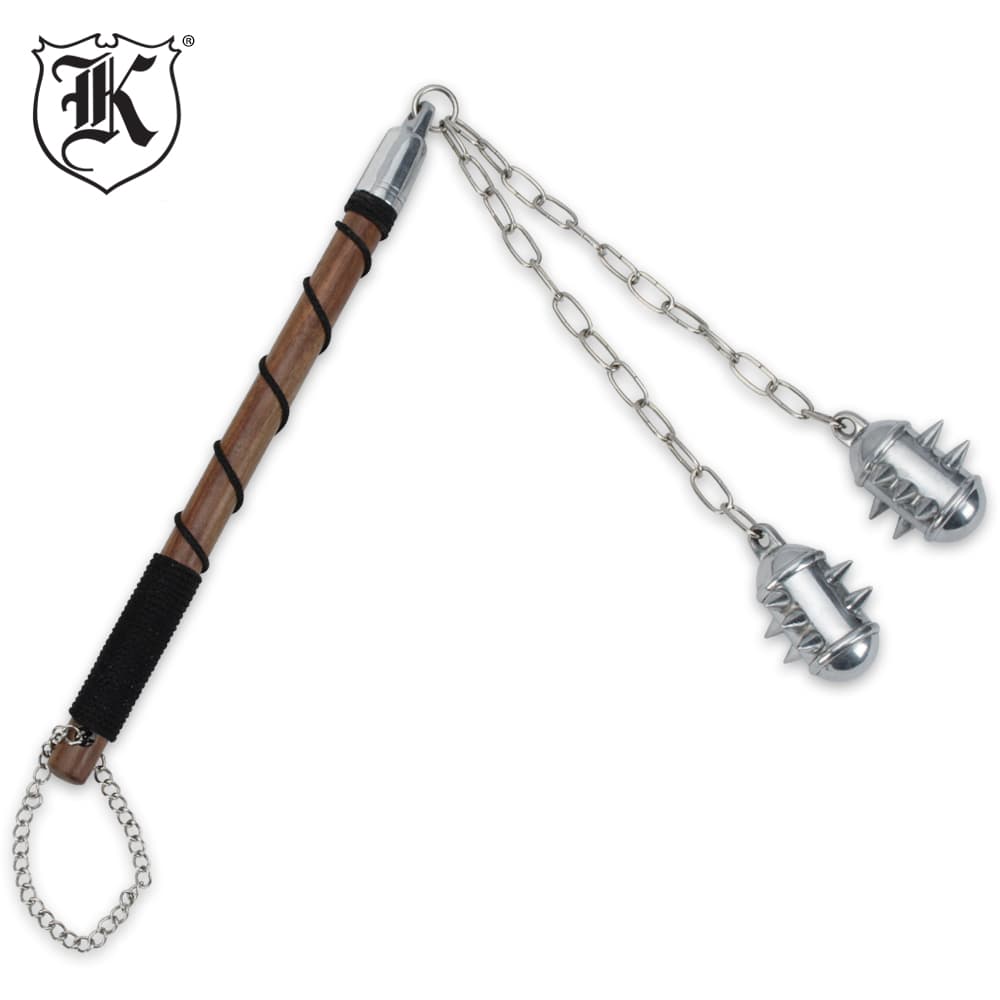 |
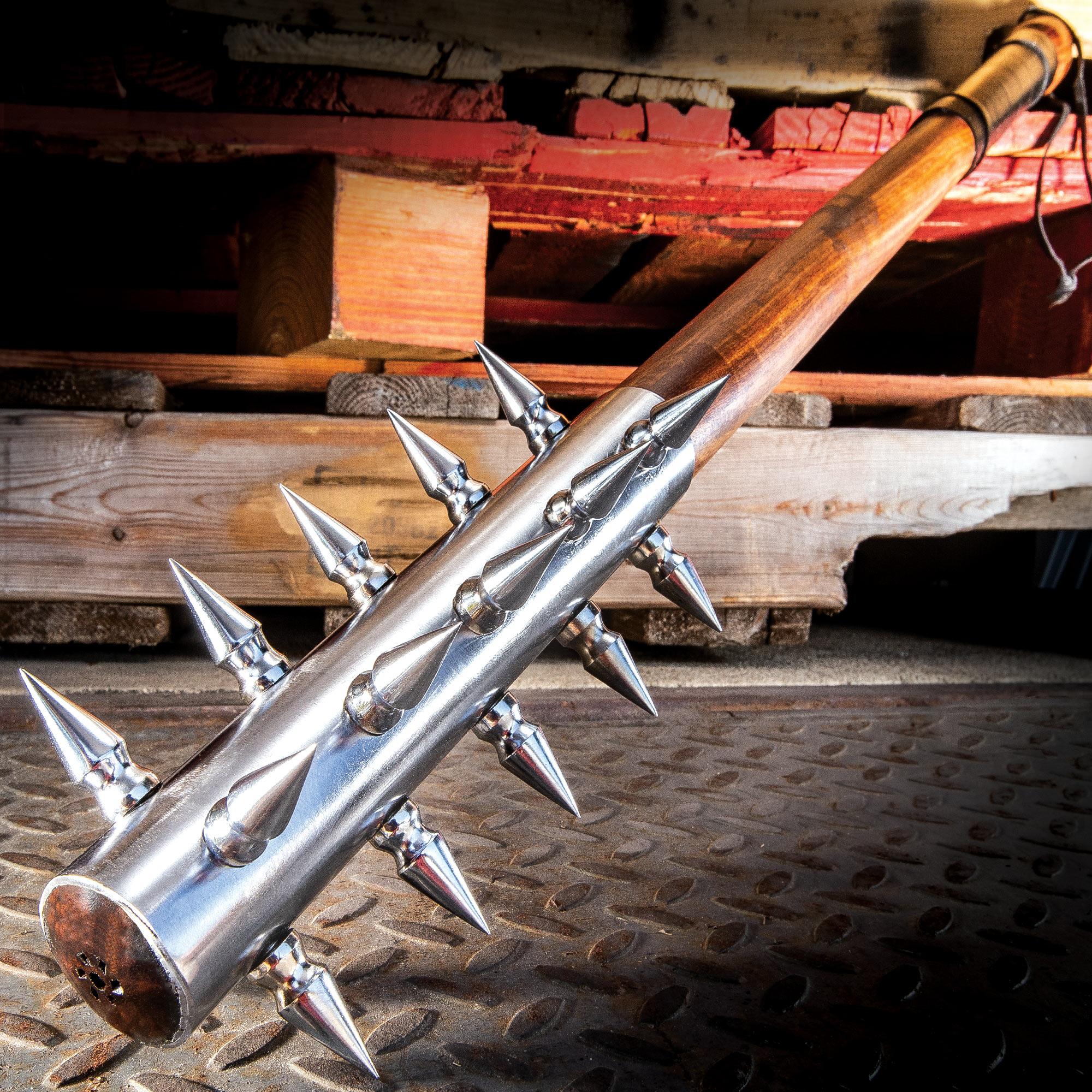 |
 |
 |
 |
 |
 |
Spiked Barbarian Mace
A piece that looks straight out of the latest zombie film is the Spiked Barbarian Mace. The 10” pipe head of the mace is made of high carbon steel and has nickel-plated carbon steel spikes on all sides for maximum damage. The wooden handle has a black faux-leather wrapped grip, giving you a slip-free grip. This impressive piece measures 28” overall.
Night Watchman Jagermace
The uniquely crafted Night Watchman Jagermace is sure to stand out in your collection. Made of one-piece injection-molded polypropylene, this mace can tackle anything. It has a 8 1/2" wide spiked head with a glass breaker on the pommel. The ridged handle allows for a no-slip grip and has a diamond texture down the shaft.
